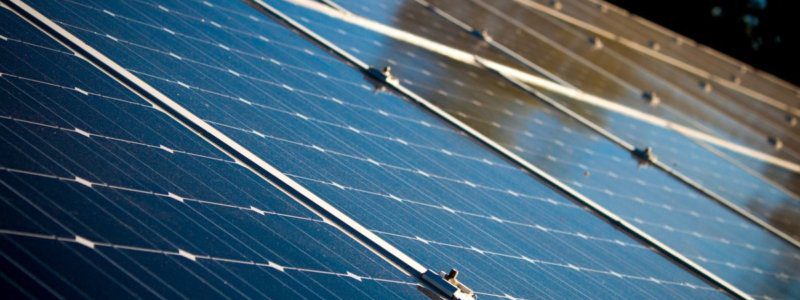
Norwegian-based Scatec Solar and partners have closed financing for the 30 MW Kamianka project in Cherkasy region in central Ukraine with a total investment of EUR 35 million, the company’s press service said. The European Bank for Reconstruction and Development (EBRD) and FMO, the Dutch development bank have signed credit agreements for the non-recourse debt financing of the project. The credit facilities amount to EUR 24.5 million and cover 70% of the total project costs.
Scatec Solar says it is in the process of securing additional equity partners for the project.
Scatec Solar will be the lead equity investor in the project; it will also be the Engineering, Procurement and Construction (EPC) provider and provide Operation & Maintenance as well as Asset Management services to the power plant. Construction is starting early 2019 with commercial operation in the fourth quarter 2019.
The company says the project will be implemented under the country’s 10-year feed-in-tariff scheme and is expected to produce about 39 GWh per year. Public land will be leased for an extended time period and the solar power plant is expected to deliver power also beyond the feed-in-tariff period.
Scatec Solar is an integrated independent solar power producer, delivering rapidly deployable and sustainable clean energy worldwide. Scatec Solar develops, builds, owns, operates and maintains solar power plants and has an installation track record of more than 1 GW. The company has a total of 1.5 GW in operation and under construction in Argentina, Brazil, the Czech Republic, Egypt, Honduras, Jordan, Malaysia, Mozambique, Rwanda, South Africa, and Ukraine.
As reported, Ukraine’s parliament on November 20, 2018, passed draft law No. 8449-d in the first reading to introduce “green” auctions from 2020. The legislative initiative envisages, among other things, a reduction in the feed-in tariff for solar power plants by 25% in 2020, to be followed by a 2.5% decrease each year.